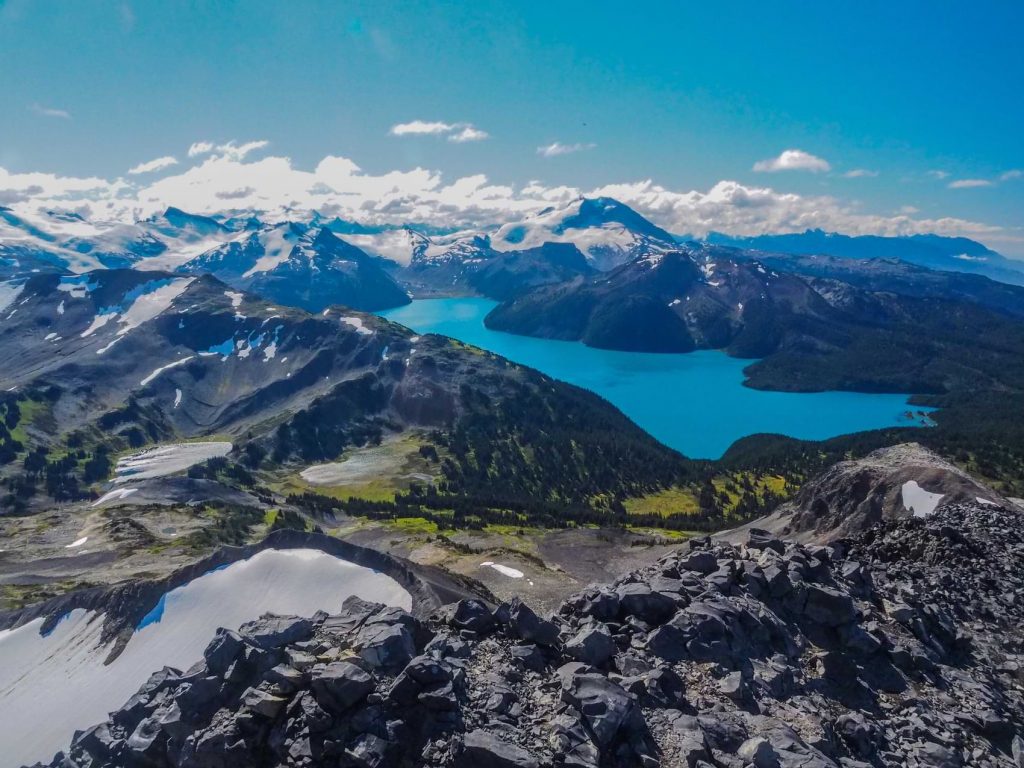The telecom giant Telus recently announced their $27 million investment in order to bring their fibre network to Whistler and Squamish B.C. This initiative will allow for far higher speeds within these towns, and allow hundreds of homes to benefit off fibre optic technology. This announcement follows a series of other similar investments by Telus, and ensures a brighter future for rural Canadians that need rapid internet access. Thankfully, we’ll explain why Telus investing $27 million to introduce fibre internet to Whistler is such a big deal, and why it makes us optimistic for the industry’s future.
Telus’ Investments
The Whistler announcement didn’t come as much of a surprise, as Telus’ investments have followed a similar pattern across Western Canada. Earlier this year, the company announced their $9 million plan to provide Airdrie, Alberta with improved internet infrastructure. Additionally, they’re investing a whopping $53 million to bring fibre optic internet technology to New Westminster, B.C. In total, Telus has pledged over $13 billion to equip Alberta and British Columbia with modern internet infrastructure by 2024. In addition to Operation High Speed, the entirety of Canada should have proper high-speed internet access in the coming years.
Operation High Speed is a joint investment by the Canadian and Quebec governments. In total, they are spending over $800 million to provide the entire province with rapid internet access. You may be wondering why companies and governments are going to such lengths for the sake of the internet. Well, the answer is actually quite simple. The effects of the COVID-19 pandemic made it clear to the world that efficient internet access is a necessity, not a luxury.
As families were forced indoors and required to work from home, the population realized that slow download speeds were simply not enough. In small towns such as these, residents don’t even have the option to pay for more demanding internet plans. Thus, these massive investments make perfect sense. If another devastating event forces residents indoors, all Canadians will be equally prepared to face it. By acknowledging the importance of high-speed internet and working towards supplying the entire nation with it, Canada will end up being a more unified and connected country.
Fibre Internet Coming to Whistler, B.C.
Whistler is a popular tourist spot due to its breathtaking nature spots. During the winter, it hosts some of the continent’s largest ski resorts. People travel from across the globe to ski and snowboard down Whistler mountains. During the Summer, it’s still a widely popular destination due to its wondrous parks and bright lakes. Fortunately, fibre internet coming to Whistler, B.C. will greatly benefit tourism, as well as the local population.
Despite these major attractions, the town still suffers a lack of rapid internet technology. This is largely due to their geography. Installing advanced infrastructure in rural areas covered in mountains is not as simple as more urban environments. Whether you live in a rural or urban environment, all Canadians clearly require the option of fast internet. If you ever find yourself curious about your own internet speed, try using Planhub’s own internet speed test. Within seconds, you’ll know your exact speed, and whether or not it’s sufficient for you. If you find that you want a more robust plan, you can continue with Planhub’s internet plan searching tool, which will organize and display the country’s home internet plans based on price and performance.
Conclusion
Overall, Telus investing $27 million to bring fibre internet technology to Whistler and Squamish signal something far greater. For the past year, countless Canadians have idealized and daydreamed about an ideal version of Canada. In this perfect world, residents wouldn’t have to worry about disconnecting while working from home, or attending school from Zoom. Citizens in rural locations wouldn’t have to feel punished for living there, as the entire nation could seamlessly connect to the internet quickly. With Telus’ initiative and the combined efforts of Operation High Speed, we feel that we are much closer to this version of Canada. Instead of dreaming about it, we’ll be living in it after a few short years.





